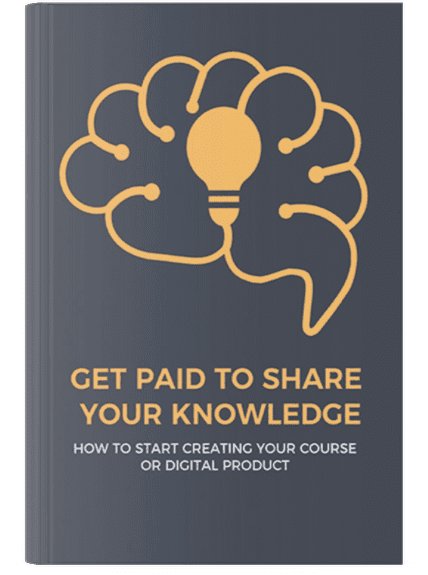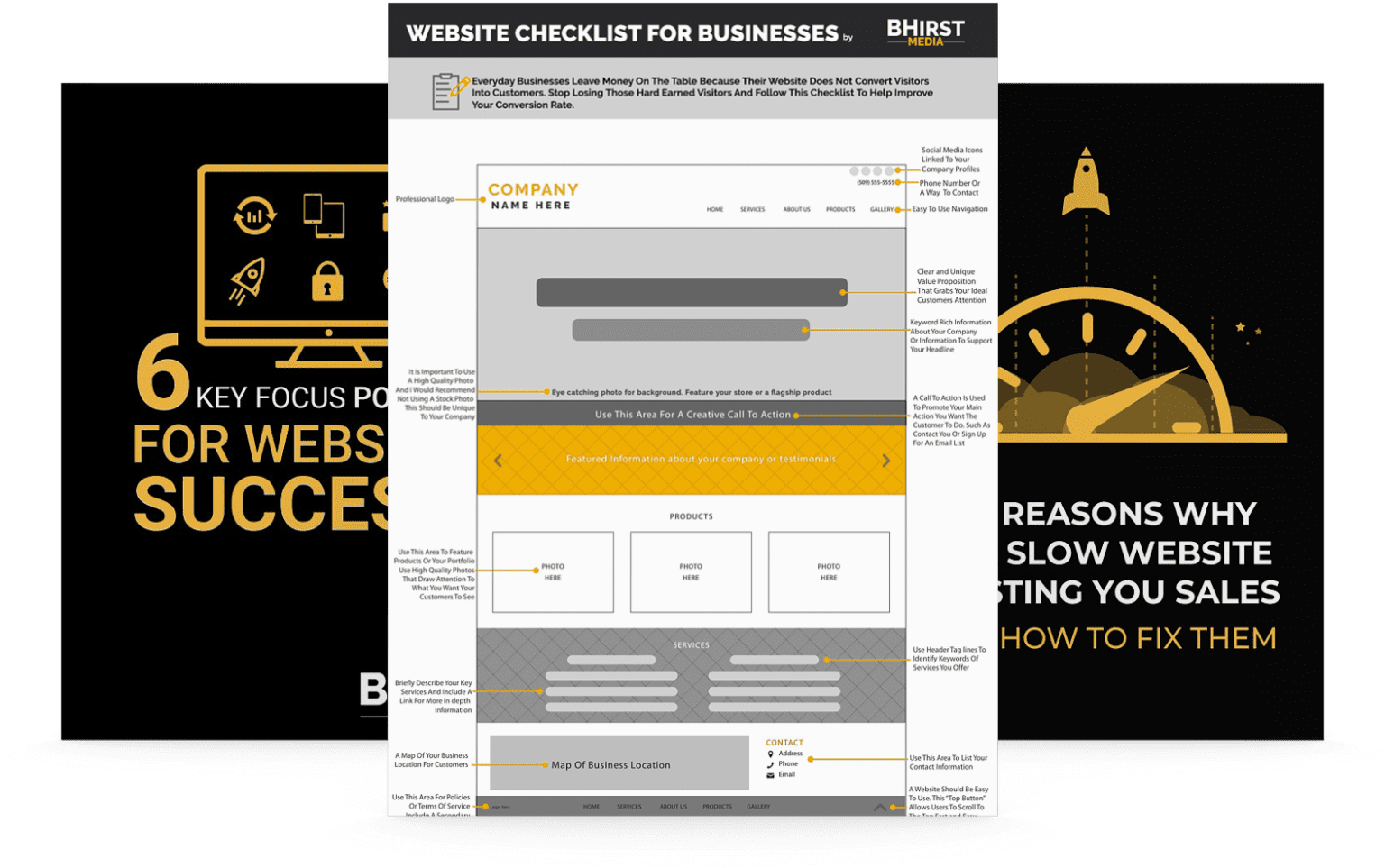
Are you ready to expand your audience reach, establish thought leadership, and generate high-quality leads with webinars? Your journey to hosting successful webinars starts here. This comprehensive guide will provide you with insights, tips, and strategies to create, promote, and analyze your webinar events for maximum impact.
Hosting a successful webinar requires understanding the basics, selecting an appropriate format, crafting engaging content and knowing your audience.
Visual aids and interactive elements can help to captivate an audience while promoting via email campaigns, social media posts and paid advertising will maximize attendance.
Proper preparation is essential for ensuring a smooth experience with quality equipment & practice as well as analyzing performance metrics post-webinar to optimize future events.

Webinars, also known as online webinars, are online seminars that enable presenters to share valuable information with large audiences, often for educational purposes, lead generation, and brand promotion. Hosting effective webinars, including upcoming webinars and an upcoming webinar, allows you to connect with your audience, establish thought leadership, and convert webinar registrants into loyal customers.
It works by utilizing a combination of audio, video, and interactive elements to create engaging and informative experiences for attendees. With a well-planned and executed webinar event, you can provide valuable content to your audience and generate high-quality leads in the process, all within a single webinar session, thanks to the power of webinar technology.

There are various webinar formats available for hosting webinars, each with its own unique benefits and applications. Here are the different types of webinars:
Live webinars: These allow real-time interaction between presenters and attendees, making them ideal for training sessions, product demonstrations, and panel discussions.
Pre-recorded webinars: These offer flexibility to both presenters and attendees, as they can be accessed at any time and from any location.
On-demand webinars: These provide the best of both worlds, combining the convenience of pre-recorded content with the interactive elements of a live event.
Choosing the right webinar format depends on several factors, including the nature of your content, the size of your audience, and your specific business goals. Selecting the most suitable format and tailoring your presentation to your target audience helps maximize the effectiveness of your online seminars and achieve your desired outcomes.

Capturing and maintaining the attention of your audience requires the creation of engaging webinar content. This involves understanding your target audience, using visually appealing slides, and encouraging audience participation through polls, Q&A sessions, and live chat. Crafting content that resonates with your audience helps keep them engaged throughout your presentation and increases the likelihood of achieving your objectives.
A well-prepared and captivating webinar presenter not only ensures a smooth webinar experience but also helps in building strong connections with your audience. This, in turn, can lead to higher registration rates, improved attendance, and ultimately, a successful webinar event.
Comprehending your audience is of great importance when hosting a webinar as it enables you to customize your content to their particular needs, interests, and preferences. Understanding your audience enables the creation of content that is pertinent, beneficial, and resonates with them. This aids in capturing their attention, keeping them engaged throughout the webinar, and ultimately reaching your desired objectives. Moreover, comprehending your audience assists in anticipating their queries, worries, and objections, allowing you to tackle them effectively and provide a more personalized experience.
Insight into your webinar audience can be gained using various methods such as:
Crafting an engaging title
Interacting with your audience through promotions
Hosting a panelist discussion
Offering giveaways
Collecting data about the audience, such as customer data, creating buyer personas, and segmenting the target audiences, can further help in tailoring your content to their specific requirements.
Incorporating visual aids into webinars can help to improve the presentation, simplify complex information, and captivate the audience. Slides, charts, graphs, screenshots, and videos are considered to be the most effective visual aids for a webinar presentation. These aids provide clear and concise information, visualize data, demonstrate processes or products, and engage and illustrate concepts.
Visual aids during a webinar can be advantageous to reinforce your presentation, simplify complex information, and captivate your audience. Visual aids can be strategically implemented throughout the webinar to bolster your main points and make your content more visually stimulating.

The overall success of a webinar heavily depends on audience engagement. Encouraging interaction not only keeps your attendees engaged but also provides valuable insights into their preferences and opinions. Utilizing interactive tools such as:
Q&A
Polls
Surveys
Live chat
fosters a more engaging environment and creates a memorable experience for your audience.
To facilitate participation from shy or hesitant audience members in a webinar, the following strategies can be used:
Use live polls and surveys to allow participants to share their opinions without the pressure of speaking up.
Encourage the use of the chat box to allow participants to ask questions or share their thoughts.
Request their opinions and actively engage with their responses to make them feel more comfortable participating in the webinar.
These strategies can help create a more inclusive and engaging webinar experience for all participants.

The choice of the right webinar platform contributes significantly to the success of an event. Factors to consider when selecting a platform include ease of use, integration capabilities, and interactive features. A good platform should offer a seamless experience for both presenters and attendees, allowing them to focus on the content rather than technical difficulties.
Some popular webinar software platforms include:
Zoom
GoToWebinar
WebinarNinja
Demio
Each platform offers unique features and capabilities, so it’s important to thoroughly evaluate your options and select the one that best aligns with your specific needs and objectives.

Effective promotion of your webinar is necessary to reach a wider audience and increase registration rates. Leveraging email marketing campaigns, social media posts, and paid advertising maximizes your webinar’s visibility and attracts more attendees. A well-crafted webinar invitation that highlights the value of your content and the benefits of attending can further boost registration numbers.
In addition to these promotional strategies, it’s crucial to start promoting your webinar well in advance. Our research shows that 41% of attendees register for the webinar one week prior to launch. 29% of participants register two weeks in advance. Planning and executing a timely promotional campaign ensures maximum attendance for your virtual event.
Email marketing serves as an effective method for promoting a webinar to a broad audience. It involves sending emails to prospective attendees to provide information about the webinar and motivate them to sign up. To ensure the success of your email marketing campaign, it’s essential to craft compelling subject lines, personalize your emails, and segment your audience for targeted messaging.
To optimize your email marketing efforts, consider utilizing marketing automation tools, such as A/B testing, to identify the most effective subject lines, content, and calls-to-action. Analyzing and refining your email campaigns increases open rates, click-through rates, and ultimately, webinar registrations.
Social media promotion plays a significant role in increasing the visibility of your webinar. Here are some strategies to consider:
Create engaging posts
Utilize visuals
Leverage paid advertising on platforms like Facebook, LinkedIn, Twitter, and Instagram
Utilize live video features such as Facebook Live, Instagram Live, and LinkedIn Live
These strategies can help reach a broader audience and attract more attendees, amplifying your promotional efforts.
To ensure the effectiveness of your social media promotion, consider implementing the following strategies:
Create a strategic posting schedule to maximize visibility and engagement.
Use relevant hashtags to reach a wider audience and increase discoverability.
Engage with your audience through comments and direct messages to build relationships and encourage participation. By actively promoting your webinar on social media using these tactics, you can create awareness, generate buzz, and increase attendance.
Paid advertising is another powerful tool for promoting your webinar. Investing in paid ads on platforms like Google Ads, Facebook Ads, and LinkedIn Ads targets specific audiences, increases visibility, and drives more registrations. The key to a successful paid advertising campaign lies in choosing the right advertising platform, setting an appropriate budget, and crafting compelling ad creatives that resonate with your target audience.
When planning your paid advertising strategy, it’s important to monitor your campaigns closely and make data-driven optimizations. By analyzing the performance of your ads, you can identify areas for improvement and refine your campaigns to achieve the best possible results.
Ensuring a smooth webinar experience is important for both presenters and attendees. This involves setting up the necessary technical equipment, rehearsing the presentation, and preparing for audience interaction. Taking the time to properly prepare for your webinar minimizes technical issues, delivers a captivating presentation, and fosters a more engaging environment for your audience.
Remember that practice makes perfect. Rehearsing your presentation multiple times, testing your equipment, and familiarizing yourself with the webinar platform can greatly contribute to a seamless and successful webinar event.
A seamless technical setup is crucial for a successful webinar experience. This includes having:
A quality microphone or headset
Webcam or camera
Stable internet connection
Streaming service or webinar platform
Suitable environment for presenting
Proper lighting
Professional background
These elements can enhance the quality of your presenter video.
Before the webinar, it’s important to test your equipment, check your internet connection, and familiarize yourself with the webinar platform. Ensuring a smooth technical setup minimizes disruptions and allows you to focus on delivering a captivating presentation.
Rehearsing your presentation is essential for delivering a successful webinar. Practicing your delivery, timing, and transitions helps identify any weak points and adjust your presentation accordingly. Rehearsing also helps to build confidence, ensuring that you feel comfortable and well-prepared when it’s time to present.
To make the most of your rehearsal, consider recording your practice sessions, seeking feedback from colleagues or friends, and setting specific goals for improvement. By dedicating time to rehearsing your presentation, you can enhance your performance and ensure a more engaging experience for your audience.
Encouraging audience interaction is key to maintaining engagement and creating a memorable webinar experience. Anticipating potential questions, preparing responses, and utilizing interactive tools such as Q&A, polls, and surveys fosters a more dynamic and engaging environment.
To facilitate participation from all attendees, consider implementing the following strategies during your webinar:
Use live polls and surveys to gather feedback and engage the audience.
Encourage the use of the chat box for questions and comments.
Request audience opinions throughout your presentation to foster interaction and discussion.
By actively involving your webinar attendees in the webinar, you can create a more engaging and enjoyable experience for all.
Measuring the success of your webinar is important in identifying areas for improvement and refining your future webinars. This involves conducting post-event surveys, analyzing attendance and engagement metrics, and repurposing webinar content for future marketing efforts. By evaluating your webinar’s performance, you can gain valuable insights into what worked well, what didn’t, and how to optimize your webinars for even greater success.
Implementing the strategies discussed in this guide helps create engaging and effective webinars that drive results. With the right preparation, promotion, and analysis, your webinars can become a powerful tool for expanding your audience, establishing thought leadership, and generating high-quality leads.
Administering post-webinar surveys is an effective way to gather feedback from your audience and evaluate the success of your event. Collecting insights on attendees’ satisfaction, preferences, and suggestions for improvement helps refine your future webinars and enhance the overall experience for your audience.
To ensure a high response rate and useful feedback, keep your post-webinar survey concise and focused on the most important aspects of your event. Include a mix of multiple-choice and open-ended questions to gather both quantitative and qualitative data. By analyzing the responses to your post-webinar survey, you can identify areas for improvement and develop a roadmap for future webinar success.
Evaluating attendance and engagement metrics is essential for measuring the success of your webinar. Key metrics to consider include:
Registration numbers
Attendance rates
Audience engagement levels (including questions, polls, and chats)
Viewing time
Analyzing these metrics provides insights into the effectiveness of your promotional efforts, the appeal of your content, and the overall satisfaction of your attendees.
Using webinar analytics tools, you can monitor these metrics in real-time and make data-driven decisions to optimize your webinars. By keeping a close eye on your attendance and engagement metrics, you can continuously improve your webinars and create more engaging experiences for your audience.
Repurposing your webinar content can extend its reach and value, making it an essential part of your ongoing marketing efforts. Transforming your webinar into blog posts, social media posts, or other content pieces enables continuous promotion of your brand and generation of new leads long after the live event has ended.
In addition to repurposing your content, consider offering on-demand access to your webinar for those who couldn’t attend the live event. This not only increases the visibility of your content but also allows you to track engagement and gather additional insights from your on-demand audience.
The Perfect Webinar Script by Russel Brunson is a proven formula for creating and delivering successful webinars that engage audiences and drive results. Following this structured approach optimizes your chances of success and creates a high-converting sales script that has been honed over the years.
The essential components of the Perfect Webinar Script include:
Identifying the primary message or subject of the webinar
Addressing prevalent false belief patterns or ‘3 Secrets’ that the audience may possess
Incorporating slides, videos, and real-life examples to reinforce the content
Offering a clear call to action for the audience to implement what they’ve learned
By adhering to this script, you can optimize your probability of success in your webinar landing page.
In summary, hosting a successful webinar involves careful planning, engaging content, effective promotion, and thorough analysis. By following the guidelines and strategies discussed in this comprehensive guide, you can create captivating webinars that not only educate and inform your audience but also generate high-quality leads and drive results. So, gear up to elevate your webinars and make a lasting impact on your audience.
A webinar is an online interactive seminar, lecture or presentation conducted over the internet, allowing participants in different locations to see and hear the presenter, ask questions and answer polls.
No, people cannot see each other on a webinar. It is a view-only platform where the host manages the attendees and they have access to registration, reporting, and in-meeting chat.
Webinars provide an effective, cost-efficient way for attendees to learn from experts, be it for marketing, training, knowledge-sharing, product launches or internal meetings.
Webinars are designed for view-only attendees, whereas web meetings involve active, collaborative participants who can audio, video, and screen share. The host and any designated panelists in a webinar can share their audio, video, and screen, while attendees of a web meeting are able to do the same.
Automated webinars, also known as evergreen or on-demand webinars, are pre-recorded events that are broadcast on a recurring schedule, enabling organizations to engage audiences without having to manually host the same event over and over.
